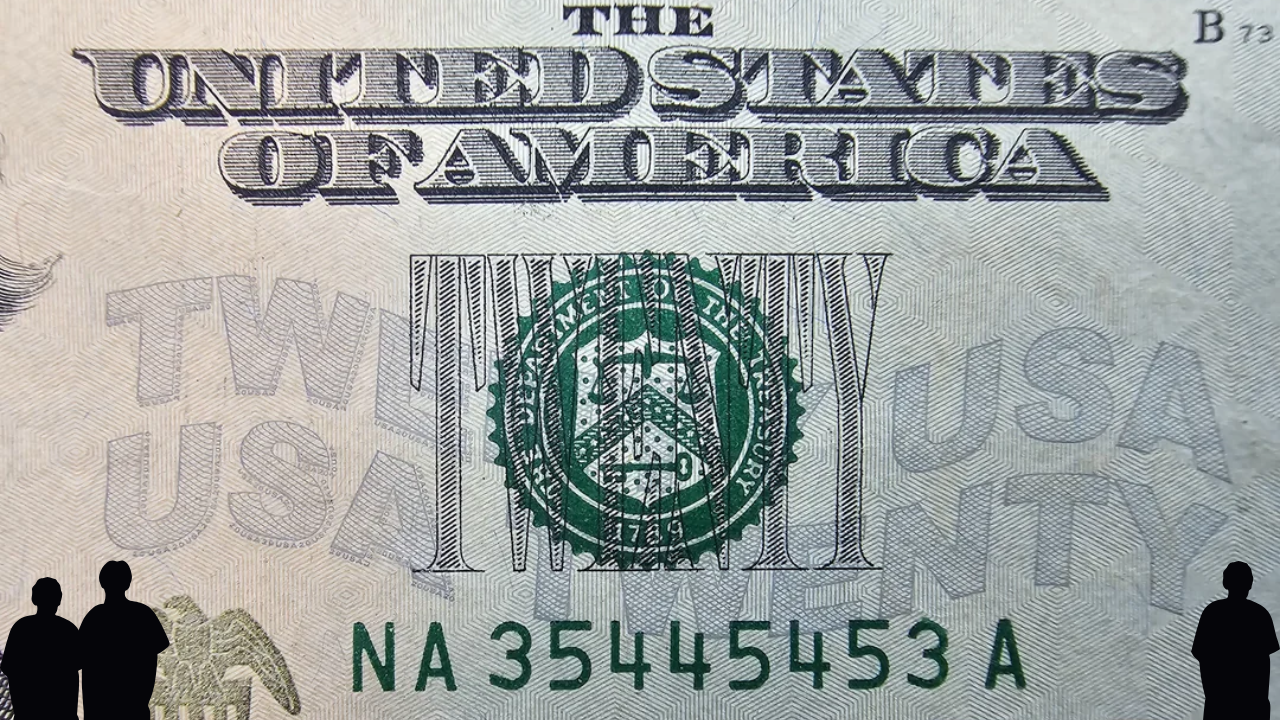
By: Swarnalata
Published on: Apr 18, 2025
The global economy is bracing for turbulence as the United States rolls out a bold wave of trade tariffs under the Trump administration’s protectionist agenda. This policy shift, if fully implemented, could mark the most significant peacetime trade shock in over a century, with profound implications for sovereign credit ratings worldwide. Scope Ratings has outlined three potential scenarios: a "tariff-light" outcome, a full-scale trade war, and an economic and financial crisis. Each scenario presents unique risks to economic growth, inflation, public debt, and the creditworthiness of nations, including the US itself, currently rated AA by Scope with a Negative Outlook. This blog post explores these scenarios, their potential impacts, and the vulnerabilities of countries caught in the crossfire, while also considering the fate of the US dollar as the world’s dominant reserve currency.
In the "tariff-light" scenario, the US opts for a restrained approach, imposing limited tariffs, perhaps targeting specific sectors like steel or electronics, while leaving room for negotiations with trading partners. Countries might respond by offering concessions—think increased purchases of US agricultural goods or relaxed trade barriers elsewhere—to avoid broader conflict. The economic fallout would be relatively contained: higher prices for some imported goods, minor supply chain hiccups, but no major derailment of global growth.
Yet, even this best-case scenario carries a catch. The confidence in long-standing trade alliances and supply chains, once shaken, may not fully recover. Businesses could hesitate to invest, and governments might adopt a cautious stance, bracing for future uncertainties. For the US, this could mean a slight dent in its credit outlook, while trading partners like Canada or Japan might weather the storm with minimal credit rating damage. Still, the lingering unease could signal a new era of economic fragility.
Picture a full-scale trade war: the US slaps hefty tariffs on imports from multiple countries, and trading partners fire back with their own levies. The result? A sharp contraction in global trade, disrupted supply chains, and a domino effect of economic slowdowns. Inflation spikes as import costs soar, forcing central banks to consider rate hikes that could further stifle growth. For the US, the instigator of this conflict, the stakes are high. Reduced exports, pricier consumer goods, and a hit to investor confidence could strain its fiscal position.
This scenario also raises a bigger question: could the US dollar’s reign as the world’s reserve currency falter? If the trade war drags on, countries like China and the EU might deepen their economic ties, bypassing the dollar. China could push the yuan onto the global stage by opening its capital account, while the EU might fast-track its Savings and Investments Union. Such shifts wouldn’t happen overnight, but any erosion of trust in the dollar could hammer the US’s ability to borrow cheaply, potentially leading to a credit downgrade. Nations with trade surpluses with the US, like Germany or Mexico, would also face credit pressures as export markets shrink.
In the darkest scenario, the trade war escalates into a global economic and financial crisis. Trade volumes plummet, businesses collapse, and financial markets spiral into chaos. A loss of confidence triggers capital flight from vulnerable economies, driving up borrowing costs and pushing some nations toward sovereign debt crises. The US, despite its reserve currency status, wouldn’t escape unscathed—a recession could balloon its debt as stimulus measures pile up, testing its AA rating.
The ripple effects would hit hardest in countries with specific weaknesses. Ireland, with its trade-heavy economy, could see exports tank and growth stall. Italy’s towering public debt might become unmanageable if financing costs surge. Turkey and Georgia, prone to currency swings, could face inflation and debt repayment woes as their currencies weaken. Oil-exporting nations like Saudi Arabia or Russia might grapple with plunging oil prices if global demand craters, squeezing their budgets. This scenario paints a grim picture of interconnected collapse, with credit ratings across the board taking a hit.
The fallout from these scenarios hinges on each country’s vulnerabilities and how they respond. Here’s a closer look at the risks:
Ireland: Its open economy thrives on global trade, making it hypersensitive to disruptions.
Italy: High debt levels leave it exposed to rising interest rates and economic uncertainty.
Turkey and Georgia: Weaker currencies could spark inflation and complicate debt servicing.
Oil Exporters: A drop in oil demand could slash revenues, straining fiscal stability.
Trading partners aren’t powerless, though. Some might appease the US with tariff negotiations, securing exemptions or deals to soften the blow. Others could retaliate, targeting US exports like soybeans or tech goods, while forging new trade pacts elsewhere—say, with Asia or Europe—to diversify away from the US market. Domestic reforms, like boosting competitiveness or investing in innovation, could also cushion the impact. Scope Ratings will be watching how well these responses bolster economic resilience and fiscal flexibility, key factors in maintaining sovereign credit standings.
Ironically, the US stands among the most exposed in extreme scenarios. A prolonged trade war or drastic moves like capital controls could spark doubts about the dollar’s unrivaled status. If viable alternatives emerge—whether through a stronger euro, a globalized yuan, or new trade blocs—the US could lose its borrowing edge, a cornerstone of its credit strength. This isn’t a quick unraveling, but even whispers of change could rattle markets and policymakers.
The US’s pivot to protectionism is a high-stakes gamble with global consequences. Whether it’s a "tariff-light" skirmish, a trade war showdown, or a full-blown crisis, the effects on growth, inflation, and debt will shape sovereign credit ratings for years to come. The US and its trading partners face a delicate balancing act: protecting their economies while preserving the fragile web of global trade. As Scope Ratings prepares to update its forecasts, one thing is clear—the world must brace for uncertainty, and cooperation will be key to navigating this storm.
Comments
No comments yet. Be the first to comment!
Leave a Comment